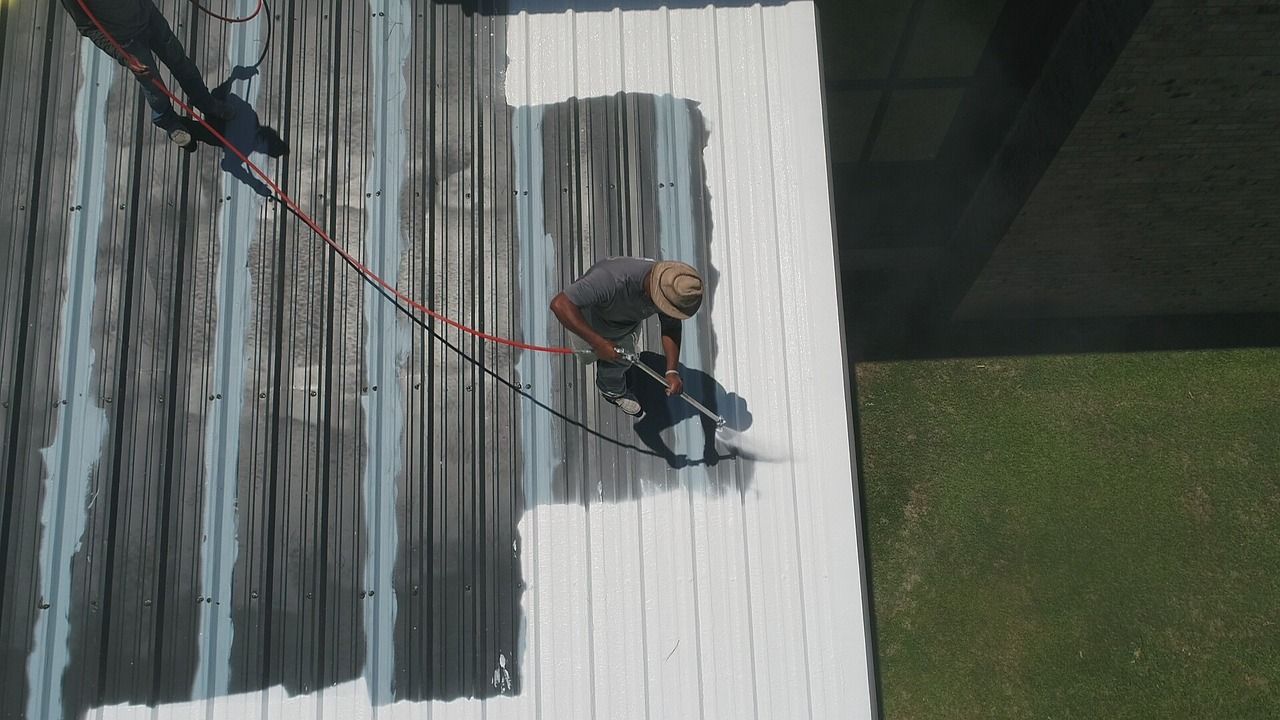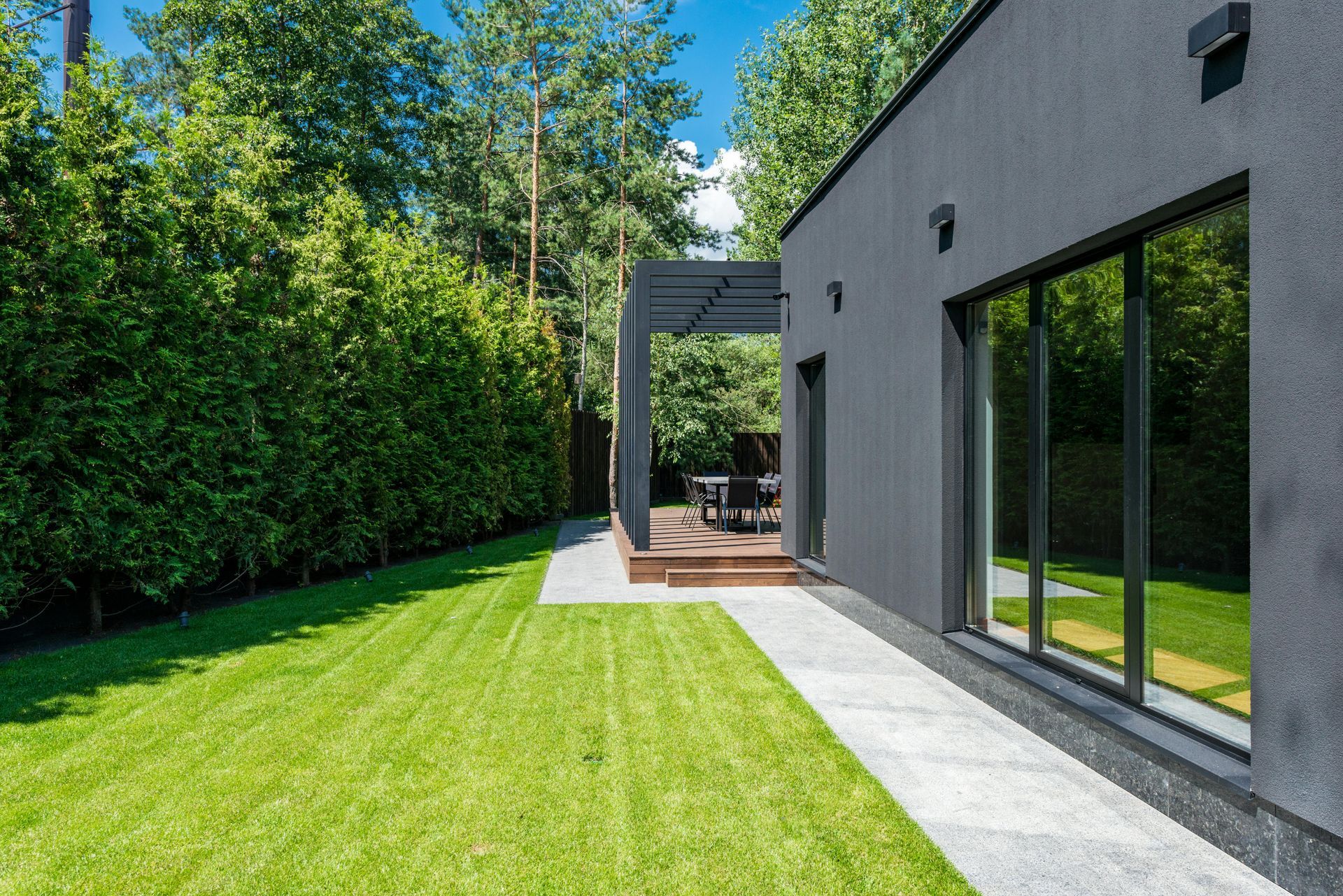Acrylic vs. Silicone Roof Coating: Which Saves More Energy on the Emerald Coast?
Acrylic vs. Silicone Roof Coating: Which Saves More Energy on the Emerald Coast?
On Florida’s Gulf Coast,
silicone typically runs
about 20 %–30 % more per square foot than acrylic but lasts
5+ extra years, reflects slightly more UV, and resists ponding water.
Acrylic is less expensive up-front and easier to apply on sloped metal roofs. Choose silicone for flat, ponding-prone decks; acrylic for pitched or budget-sensitive projects.
(Costs and lifespans are 2025 Florida averages—actual pricing varies by roof size and condition; request an on-site quote for exact numbers for your exterior painting.)
Why Roof Coating Matters on the Gulf Coast
- 90 °F summer highs drive attic temps well above 130 °F.
- Salt-laden air corrodes metal fasteners and stains porous asphalt.
- Afternoon storms leave flat roofs damp; trapped water accelerates membrane failure.
A reflective coating can lower roof-surface temperature by up to 40 °F and trim 10 %–15 % off peak-season electric bills.
What Is an Acrylic Roof Coating?
Water-based elastomeric paint that cures into a flexible, UV-reflective film.
• Best for metal, modified-bitumen, and pitched asphalt roofs.
• Applied in two coats at roughly 1½ gal / 100 ft².
• Typical solar reflectance:
≈ 80 % initial,
≈ 72 % after 3 years.
• Real-world Florida life span:
10–12 years with maintenance wash.
What Is a Silicone Roof Coating?
Solvent-based silicone polymer that cures into a seamless, waterproof sheet.
• Ideal for flat or low-slope roofs where water ponds more than 48 hours.
• One self-leveling coat at about 1½ gal / 100 ft².
• Solar reflectance:
≈ 85 % initial,
≈ 80 % after 3 years.
• Real-world Florida life span:
15–18 years; can be re-coated without primer.
Head-to-Head Comparison
Durability – Silicone excels against ponding water and UV.
Foot-traffic resistance – Acrylic withstands scuffing better.
Up-front cost – Acrylic roughly
$1.25–$1.60 / ft² installed; silicone
$1.60–$2.10 / ft² installed.
Re-coat interval – Acrylic 10 yrs; silicone 15 yrs.
Ease of repair – Acrylic patch with same product; silicone needs solvent wipe first.
Cost-Per-Year Example
2 000 ft² flat roof (2025 pricing):
- Acrylic — $3 000 install ÷ 10 yrs ≈ $300 per year
- Silicone — $3 800 install ÷ 15 yrs ≈ $253 per year
Silicone saves ≈ $47 per year over its service life, plus extra cooling.
Need local help? Our roof-coating pros in Pensacola install both acrylic and silicone systems with manufacturer-backed warranties.
When Acrylic Is the Smart Choice
- Pitched metal roofs with good drainage.
- Owners who plan to re-roof within the next decade.
- Tight budgets needing lowest up-front cost.
When Silicone Is Worth the Upgrade
- Flat roofs over garages, porches, or commercial buildings.
- Areas that hold standing water after storms.
- Long-term owners focused on energy savings.
Details
FAQs
Can I coat over an existing acrylic layer with silicone?
Yes, but wash thoroughly, let it dry, and use a silicone bonding primer first.
Will either coating stop active leaks?
Both can seal pinholes and minor seams, but structural damage needs repair before coating.
How soon after rain can I apply each coating?
Acrylic: wait until the surface is completely dry (often 24 hrs). Silicone: adheres to slightly damp surfaces, ideal for pop-up showers.
Ready to Cut Cooling Costs and Extend Roof Life?
Request a fast, free roof-coating estimate from Florida’s trusted experts. We respond within 24 hours and offer weekend scheduling to keep you dry.


